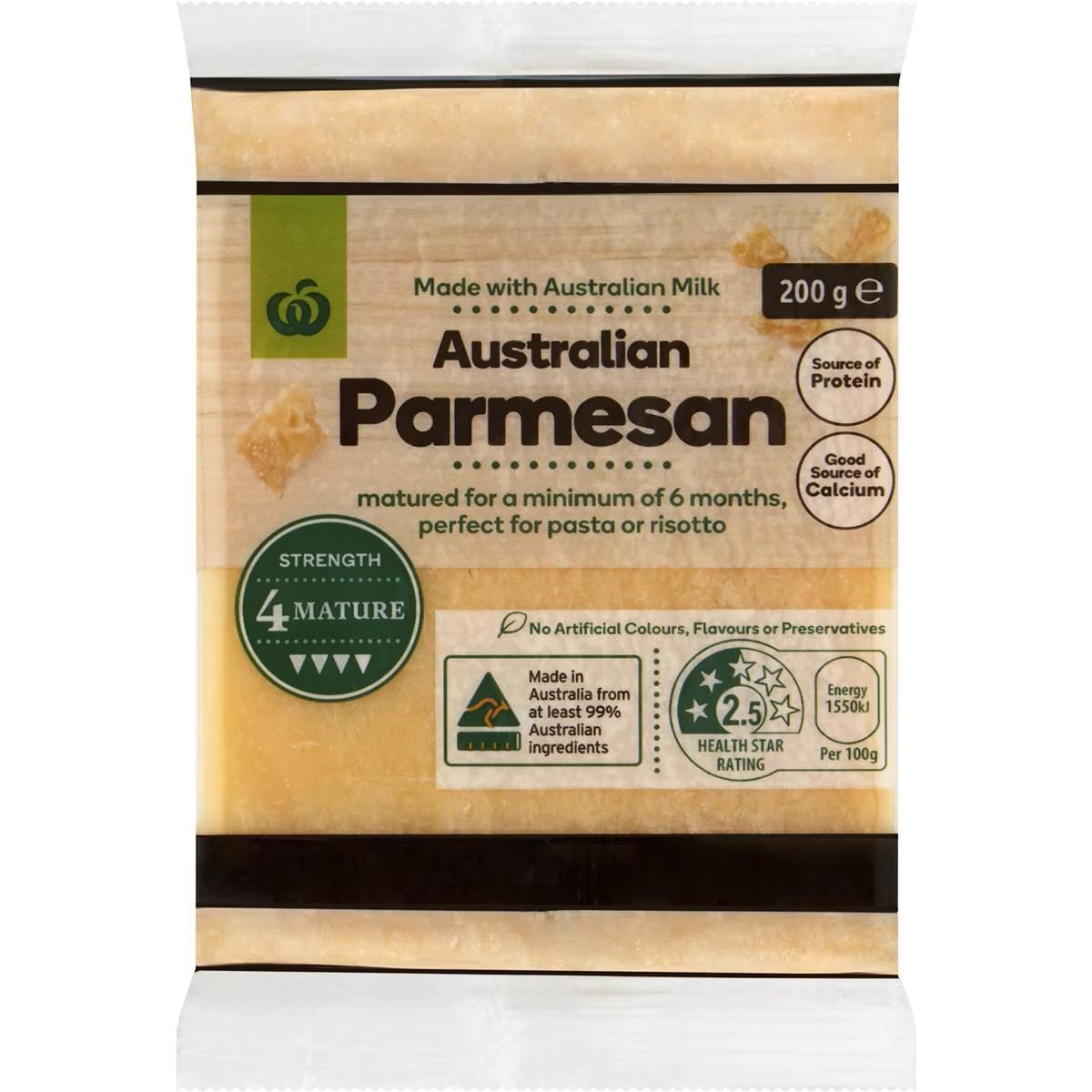

Articles
How To Store A Block Of Parmesan Cheese
Modified: February 23, 2024
Learn the best methods for storing a block of Parmesan cheese to keep it fresh and flavorful. Read our informative articles on how to store Parmesan cheese properly.
(Many of the links in this article redirect to a specific reviewed product. Your purchase of these products through affiliate links helps to generate commission for Storables.com, at no extra cost. Learn more)
Introduction
Welcome to the world of Parmesan cheese, a delectable and versatile ingredient that adds a burst of flavor to countless dishes. Whether you’re a cheese connoisseur, a passionate home cook, or simply enjoy indulging in the culinary delights of Italy, understanding how to properly store Parmesan cheese is essential.
Proper storage not only preserves the quality and taste of your prized Parmesan cheese but also helps extend its shelf life. By following a few simple guidelines, you can ensure that your block of Parmesan remains fresh, flavorful, and ready to elevate your favorite recipes.
In this article, we will explore the importance of storing Parmesan cheese correctly, including the factors that can impact its storage, the different packaging options available, and the optimal storage locations to keep your cheese at its best. We will also delve into the specific instructions for storing Parmesan cheese in the refrigerator, as well as alternative storage options for those who don’t have access to refrigeration.
Additionally, we will provide some valuable tips and tricks for extending the shelf life of your Parmesan cheese, allowing you to savor its rich and nutty flavors for even longer periods. So, let’s delve into the world of Parmesan cheese storage and ensure that each bite is as delicious as the first.
Key Takeaways:
- Proper storage of Parmesan cheese is crucial to maintain its flavor, texture, and shelf life. Factors like temperature, humidity, and air exposure impact its quality, so choose the right packaging and storage location to preserve its freshness.
- Whether stored in the refrigerator, pantry, or freezer, following correct storage guidelines ensures that every bite of Parmesan cheese is a delightful experience. Consider factors like temperature, humidity, and light, and follow tips and tricks to extend its shelf life and maintain its quality.
Read more: How To Store Parmesan Cheese Block
Why Proper Storage of Parmesan Cheese is Important
Parmesan cheese is renowned for its distinct flavor and crumbly texture, making it a staple in many kitchens around the world. However, to fully enjoy the unique characteristics of Parmesan, it is crucial to store it properly.
Firstly, proper storage helps maintain the quality and taste of Parmesan cheese. Parmesan is a cheese that continues to develop and mature over time, and improper storage can accelerate the aging process, leading to flavor deterioration and a less enjoyable eating experience. By storing Parmesan correctly, you can preserve its exquisite flavor profile and ensure that every bite is a delight.
Secondly, proper storage helps prevent spoilage and the growth of bacteria on the cheese. Parmesan is a comparatively dry cheese, which makes it less prone to spoiling compared to other varieties. However, it is still vulnerable to moisture and exposure to air. By storing Parmesan cheese correctly, you can minimize the risk of spoilage, mold growth, and bacterial contamination, ensuring that your cheese stays fresh and safe to consume.
Lastly, proper storage helps extend the shelf life of Parmesan cheese. Parmesan is a long-lasting cheese with a remarkable ability to age and develop flavor over time. However, this also means that it can become stale or lose its freshness if not stored properly. By following the correct storage procedures, you can prolong the shelf life of your Parmesan cheese, allowing you to savor its distinct flavors and textures for an extended period.
Overall, proper storage is essential to preserve the quality, taste, and safety of Parmesan cheese. It ensures that every bite of this delightful cheese is a satisfying experience, whether enjoyed on its own, grated over pasta, or incorporated into a variety of delicious recipes.
Now that we understand the importance of proper storage for Parmesan cheese, let’s explore the different factors that can affect the storage of this beloved cheese.
Factors Affecting Parmesan Cheese Storage
Several factors can affect the storage of Parmesan cheese, and understanding these factors is crucial for maintaining its quality and freshness. Let’s explore the key factors that can impact the storage of Parmesan cheese:
- Temperature: Parmesan cheese is sensitive to temperature fluctuations. Exposing it to high temperatures can cause the cheese to sweat and lose its texture, while lower temperatures can affect its flavor. It is best to store Parmesan cheese in a cool and stable environment.
- Humidity: Parmesan cheese can absorb moisture from its surroundings, which can lead to mold growth and spoilage. It is essential to store Parmesan in a dry environment or use packaging that protects it from humidity.
- Air Exposure: Exposure to air can cause Parmesan cheese to become dry and lose its flavor. It is vital to minimize air exposure by properly wrapping or packaging the cheese.
- Light: UV light can degrade the quality of Parmesan cheese. It is best to store the cheese in a dark place or select packaging that offers protection from light.
- Cross-contamination: Parmesan cheese can absorb odors and flavors from other foods in the refrigerator. It is important to store Parmesan cheese separately or use airtight packaging to prevent cross-contamination.
By considering these factors and taking appropriate steps, you can ensure that your Parmesan cheese remains fresh, flavorful, and safe to eat. Now, let’s dive into the next crucial step in proper Parmesan cheese storage – choosing the right packaging.
Choose the Right Packaging
Choosing the right packaging is an essential factor in ensuring the proper storage of Parmesan cheese. The packaging you select will determine how well the cheese is protected from air, moisture, and other external factors that can affect its quality. Here are some packaging options to consider:
- Original Packaging: If your Parmesan cheese comes in vacuum-sealed or wax-sealed packaging, you can use it as it is. These types of packaging provide excellent protection against air and moisture. However, ensure that the packaging is intact and has not been compromised before use.
- Parchment Paper: Wrapping Parmesan cheese in parchment paper is a popular choice. It allows the cheese to breathe while offering some protection against moisture and air exposure. Be sure to wrap it tightly and secure with tape or twine to prevent the cheese from drying out.
- Plastic Wrap: Plastic wrap can be used as an alternative to parchment paper. Wrap the Parmesan cheese tightly, ensuring there are no air pockets. This will help reduce air exposure and maintain the cheese’s moisture. However, be aware that plastic wrap may not breathe as well as parchment paper, which can affect the overall quality of the cheese over time.
- Food Storage Bags: Airtight food storage bags can be used to store Parmesan cheese, especially if you have cut it into smaller portions. Make sure to squeeze out excess air before sealing the bag to minimize air exposure. Opt for bags specifically designed for food storage, as they offer better protection against moisture and odor absorption.
- Cheese Paper: Cheese paper is specially designed for storing cheese and is a great option for Parmesan. It allows the cheese to breathe while providing protection against air and moisture. Wrap the Parmesan tightly in cheese paper and secure it with tape or an adhesive strip.
When choosing the packaging, consider the potential storage duration and the level of protection required. If you plan to store the Parmesan cheese for an extended period, prioritize packaging options that offer better air and moisture control.
Remember, regardless of the packaging you choose, it is crucial to store the Parmesan cheese in appropriate conditions to ensure its freshness and flavor. In the next section, we will discuss the correct way to wrap Parmesan cheese for optimal storage.
Wrap the Cheese Correctly
Properly wrapping Parmesan cheese is essential for maintaining its quality and protecting it from external factors that can affect its flavor and texture. Follow these steps to wrap your Parmesan cheese correctly:
- Ensure the cheese is clean: Before wrapping the Parmesan cheese, make sure to remove any dirt or debris from the surface. You can gently brush off any loose particles using a soft-bristled brush or a clean cloth.
- Choose the right wrap: Select a suitable wrapping material, such as parchment paper, plastic wrap, cheese paper, or food storage bags, as mentioned in the previous section. The wrap should provide a barrier against air and moisture while allowing the cheese to breathe.
- Cut the wrap: Cut a piece of the chosen wrap material that is large enough to fully cover the Parmesan cheese.
- Place the cheese on the wrap: Position the Parmesan cheese on the center of the wrap, ensuring there is enough wrap material to cover it entirely.
- Wrap tightly: Begin wrapping the cheese by folding the wrap over one side, ensuring it is snug and secure. Continue folding and tucking the wrap around the cheese, making sure there are no exposed areas.
- Secure the wrap: Use tape, twine, or an adhesive strip to secure the wrap in place, keeping it tightly sealed. This will prevent air from entering and moisture from escaping.
- Label and date: If desired, label the wrapped Parmesan cheese with its name, date of storage, and any additional important information. This will help you keep track of its freshness and storage duration.
- Store in a suitable location: Place the wrapped Parmesan cheese in the appropriate storage location, as we will discuss in the next section.
By wrapping your Parmesan cheese correctly, you can effectively protect it from air, moisture, and other external factors, helping to maintain its flavor, texture, and shelf life. Now that we know how to wrap Parmesan cheese, let’s explore the various storage locations suitable for preserving its freshness.
Store a block of Parmesan cheese in the refrigerator in an airtight container or wrapped tightly in plastic wrap to prevent it from drying out. It can also be stored in the freezer for longer periods of time.
Read more: How To Store Block Of Parmesan Cheese
Selecting an Appropriate Storage Location
Choosing the right storage location for your Parmesan cheese is crucial to ensure its longevity and quality. Here are some factors to consider when selecting an appropriate storage location:
- Temperature: Parmesan cheese is best stored in a cool place with a consistent temperature. Ideally, the temperature should be between 45°F and 55°F (7°C and 13°C). Avoid storing it in areas that are subject to extreme temperature fluctuations, such as near a stove or refrigerator motor.
- Humidity: Parmesan cheese can absorb moisture, leading to mold growth and spoilage. It is important to store it in a dry environment with low humidity. Avoid storing it in areas prone to moisture, such as the refrigerator door or near a sink.
- Away from strong odors: Parmesan cheese has a unique and delicate flavor profile that can be easily influenced by strong odors. Keep it away from foods with strong smells, such as onions, garlic, or other pungent cheeses, to prevent flavor transfer.
- Protected from light: Exposure to light, especially direct sunlight, can degrade the quality of Parmesan cheese. Store it in a dark place or choose packaging that offers protection from UV light. Avoid storing it near windows or other sources of direct light.
Considering these factors, some ideal storage locations for Parmesan cheese include a cool pantry, a dedicated cheese drawer or compartment in the refrigerator, or a cellar with controlled temperature and humidity levels. If you don’t have access to these specific areas, find a spot in your kitchen or pantry that best fits the recommended conditions.
Remember to keep the Parmesan cheese wrapped and sealed in appropriate packaging to further protect it from air and moisture exposure. This will help maintain its freshness and prevent any cross-contamination with other foods in the storage area.
Now that we’ve discussed the factors to consider when selecting a storage location, let’s move on to the specific instructions for storing Parmesan cheese in the refrigerator, which is the most common storage option for many households.
Storing Parmesan Cheese in the Refrigerator
The refrigerator is a convenient and popular storage option for keeping Parmesan cheese fresh. However, it’s essential to follow specific guidelines to ensure the optimal storage conditions. Here’s how to store Parmesan cheese in the refrigerator:
- Keep it wrapped: Whether you’re using the original packaging or your chosen wrap material, ensure that the Parmesan cheese is tightly wrapped to prevent air exposure.
- Choose the right spot: Place the wrapped Parmesan cheese in the warmest part of the refrigerator, typically the upper shelf or the cheese drawer. This helps maintain a more consistent and slightly higher temperature, closer to the recommended range of 45°F to 55°F (7°C to 13°C).
- Prevent moisture: If using plastic wrap or airtight storage bags, make sure there is no condensation inside the wrapping. Moisture can lead to mold growth and spoilage. If excess moisture develops, remove the cheese from the wrapping, pat it dry with a clean cloth, and re-wrap it with fresh wrapping material.
- Protect from odors: Keep the Parmesan cheese away from strong-smelling foods in the refrigerator that can affect its flavor. Consider using a plastic storage container with a lid to further protect it from odor transfer.
- Check regularly: Periodically check the Parmesan cheese for any signs of spoilage, such as mold or off odors. If you notice any abnormalities, discard the affected portion or the entire cheese, depending on the extent of the issue.
By following these guidelines, you can ensure that your Parmesan cheese remains fresh and flavorful for an extended period in the refrigerator. However, keep in mind that the longer you store Parmesan cheese, the sharper and more granular its texture becomes.
If you anticipate not using the entire block of Parmesan cheese within a few months, consider freezing a portion of it to extend its shelf life. We will discuss alternative storage options, including freezing, in the next section.
Now that we’ve covered the specifics of storing Parmesan cheese in the refrigerator, let’s explore some alternative storage options for those who might not have access to refrigeration.
Alternative Storage Options
While the refrigerator is the most common storage option for Parmesan cheese, there are alternative methods available for those who don’t have access to refrigeration or prefer different storage solutions. Here are a few alternative storage options:
- Pantry: If your kitchen stays relatively cool and dry, you can store Parmesan cheese in a cool pantry away from sources of heat. Wrap the cheese tightly in the appropriate wrap material and place it in airtight containers to protect it from air and moisture.
- Cellar or root cellar: If you have access to a cellar or root cellar with controlled temperature and humidity levels, it can be an ideal storage location for Parmesan cheese. Ensure that the cheese is well-wrapped and placed in airtight containers to protect it from external factors.
- Cheese paper or cheese bags: Specialized cheese paper or cheese bags offer an excellent alternative for storing Parmesan cheese. These breathable materials help maintain the cheese’s quality and prevent it from drying out, even if refrigeration is not available.
- Freezing: If you anticipate not using the entire block of Parmesan cheese within a few months, freezing can be an effective storage method. Wrap the cheese tightly in plastic wrap or place it in a freezer-safe container to protect it from freezer burn. Note that freezing may alter the texture of the cheese, making it more crumbly, but it will still be suitable for grating or cooking purposes.
When using alternative storage options, it’s crucial to monitor the cheese regularly for signs of spoilage or changes in flavor or texture. Discard any cheese that shows mold growth, off odors, or other indications of spoilage to preserve your health and safety.
Remember, while these alternative storage options can be viable, they may not offer the same level of protection as proper refrigeration. Refrigeration remains the preferred method for keeping Parmesan cheese fresh and safe for an extended period.
Now that we’ve explored the alternative storage options for Parmesan cheese, let’s move on to some tips and tricks that can help extend its shelf life and maintain its quality.
Tips and Tricks for Extending the Shelf Life of Parmesan Cheese
To ensure that your Parmesan cheese stays fresh and flavorful for as long as possible, here are some useful tips and tricks to extend its shelf life:
- Keep it well-wrapped: Properly wrap the Parmesan cheese with the chosen packaging material, ensuring it is tightly sealed to minimize air exposure and prevent moisture loss.
- Re-wrap if necessary: If the wrapping becomes loose or damaged over time, re-wrap the Parmesan cheese with fresh wrapping material to maintain optimal freshness.
- Avoid touching the cheese with bare hands: The natural oils on your hands can transfer to the cheese, affecting its quality. Use clean gloves, cheese paper, or plastic wrap when handling the Parmesan.
- Grate as needed: Grate or shave the Parmesan cheese as needed rather than pre-grating it in advance. This helps to preserve the cheese’s flavor and texture for a longer period.
- Store in smaller portions: If you have a large block of Parmesan cheese, consider dividing it into smaller portions before storage. This allows you to utilize one portion while keeping the rest of the cheese untouched and fresh.
- Label and date: It’s helpful to label the wrapped Parmesan cheese with the date of storage. This allows you to keep track of its freshness and helps determine when it should be consumed.
- Regulate temperature and humidity: If storing the cheese in a cellar or pantry, ensure that the temperature and humidity levels are within the recommended range of 45°F to 55°F (7°C to 13°C) and maintain a relatively dry environment.
- Store away from strong odors: Keep the Parmesan cheese away from potent-smelling foods in the refrigerator or pantry to prevent flavor exchange. Consider using a separate compartment or airtight container for cheese storage.
- Rotate older stock: If you have multiple blocks of Parmesan cheese, use the older ones first to ensure they are consumed within a reasonable timeframe and maintain the highest quality.
Following these tips and tricks can help extend the shelf life of your Parmesan cheese, allowing you to enjoy its distinctive flavors and textures for a longer period. Remember, it’s essential to use your best judgment when assessing the quality and freshness of the cheese, and discard any cheese that shows signs of spoilage.
Now that we’ve covered the tips and tricks for extending the shelf life of Parmesan cheese, let’s wrap up our discussion.
Read more: How To Store Parmesan Cheese
Conclusion
Proper storage of Parmesan cheese is of utmost importance to maintain its quality, flavor, and shelf life. Whether you store it in the refrigerator, pantry, cellar, or freezer, following the correct storage guidelines will ensure that every bite of Parmesan cheese is a delightful experience.
By considering factors such as temperature, humidity, air exposure, and light, you can create an optimal storage environment for your Parmesan cheese. Choosing the right packaging, wrapping the cheese correctly, and selecting an appropriate storage location are crucial steps to preserve its freshness and prevent spoilage.
If you opt to store Parmesan cheese in the refrigerator, ensure it is well-wrapped and placed in the warmest part of the fridge to maintain consistent temperatures. However, if refrigeration is not an option, consider alternative storage methods such as pantry storage or freezing to extend the cheese’s shelf life.
Additionally, following tips and tricks like grating as needed, storing in smaller portions, and keeping the cheese untouched by bare hands can further prolong its quality. Labeling and dating the wrapped cheese can help you monitor its freshness and consumption timeline.
Remember, the longer Parmesan cheese is stored, the more it develops its characteristic flavors and textures. However, it’s important to regularly check for signs of spoilage, such as mold growth or off odors, and discard any compromised cheese to ensure food safety.
So, whether you’re a cheese connoisseur, a passionate home cook, or someone who appreciates the unique flavors of Parmesan cheese, proper storage techniques will allow you to savor its delightful taste for an extended period.
Now that you have a comprehensive understanding of how to store Parmesan cheese correctly, it’s time to apply these guidelines and enjoy the unmatched flavors and versatility that this beloved cheese brings to your culinary creations.
Frequently Asked Questions about How To Store A Block Of Parmesan Cheese
Was this page helpful?
At Storables.com, we guarantee accurate and reliable information. Our content, validated by Expert Board Contributors, is crafted following stringent Editorial Policies. We're committed to providing you with well-researched, expert-backed insights for all your informational needs.

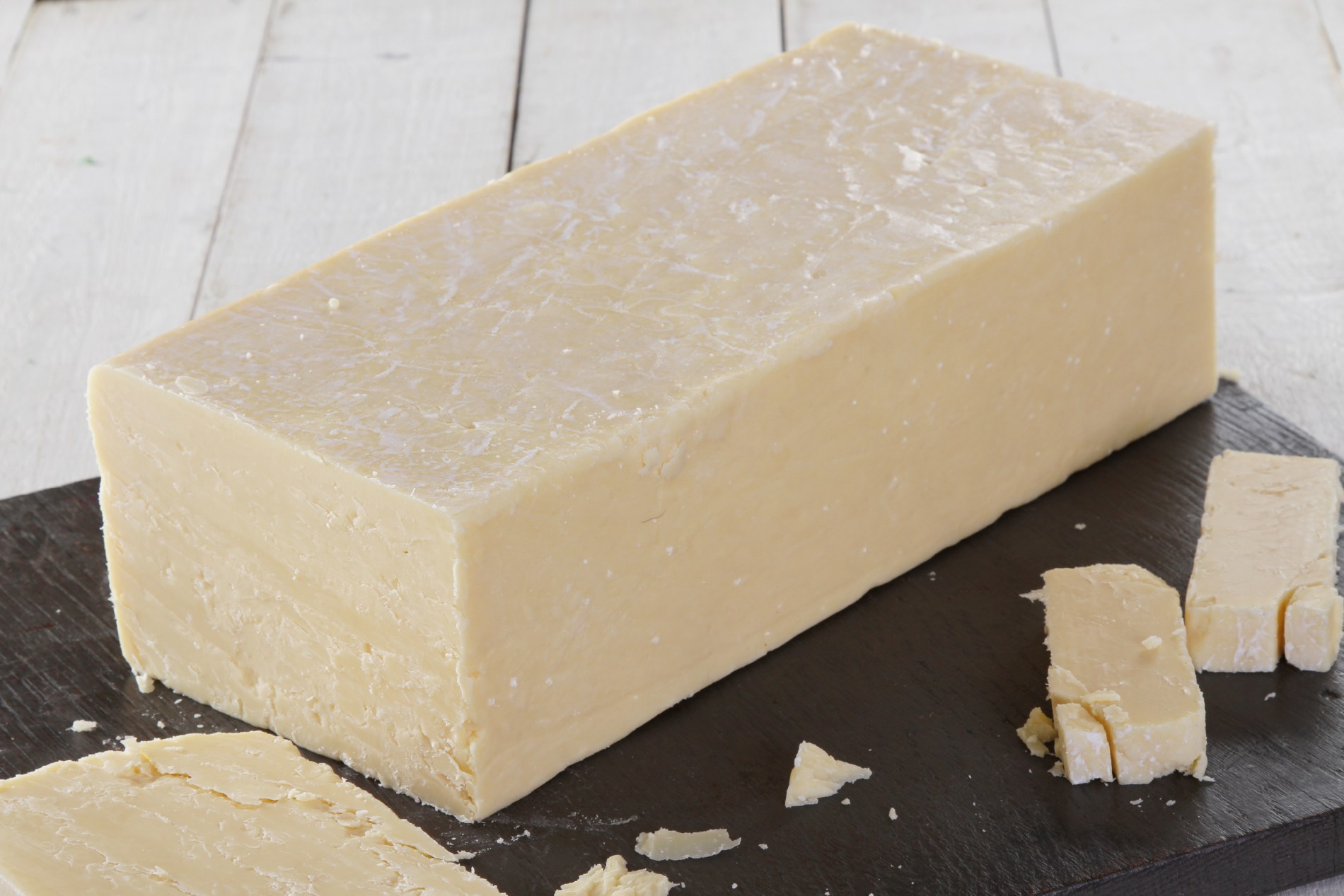

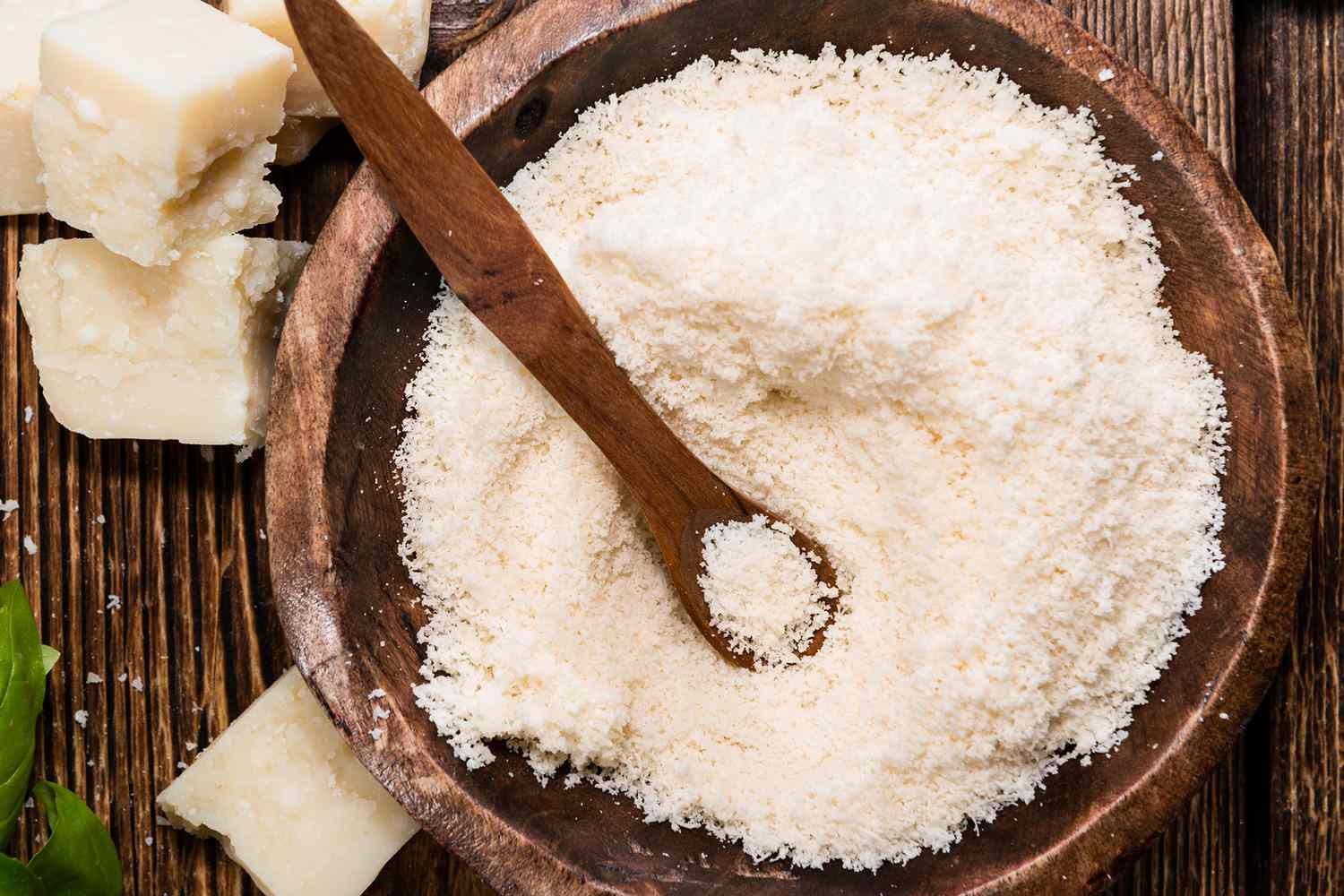




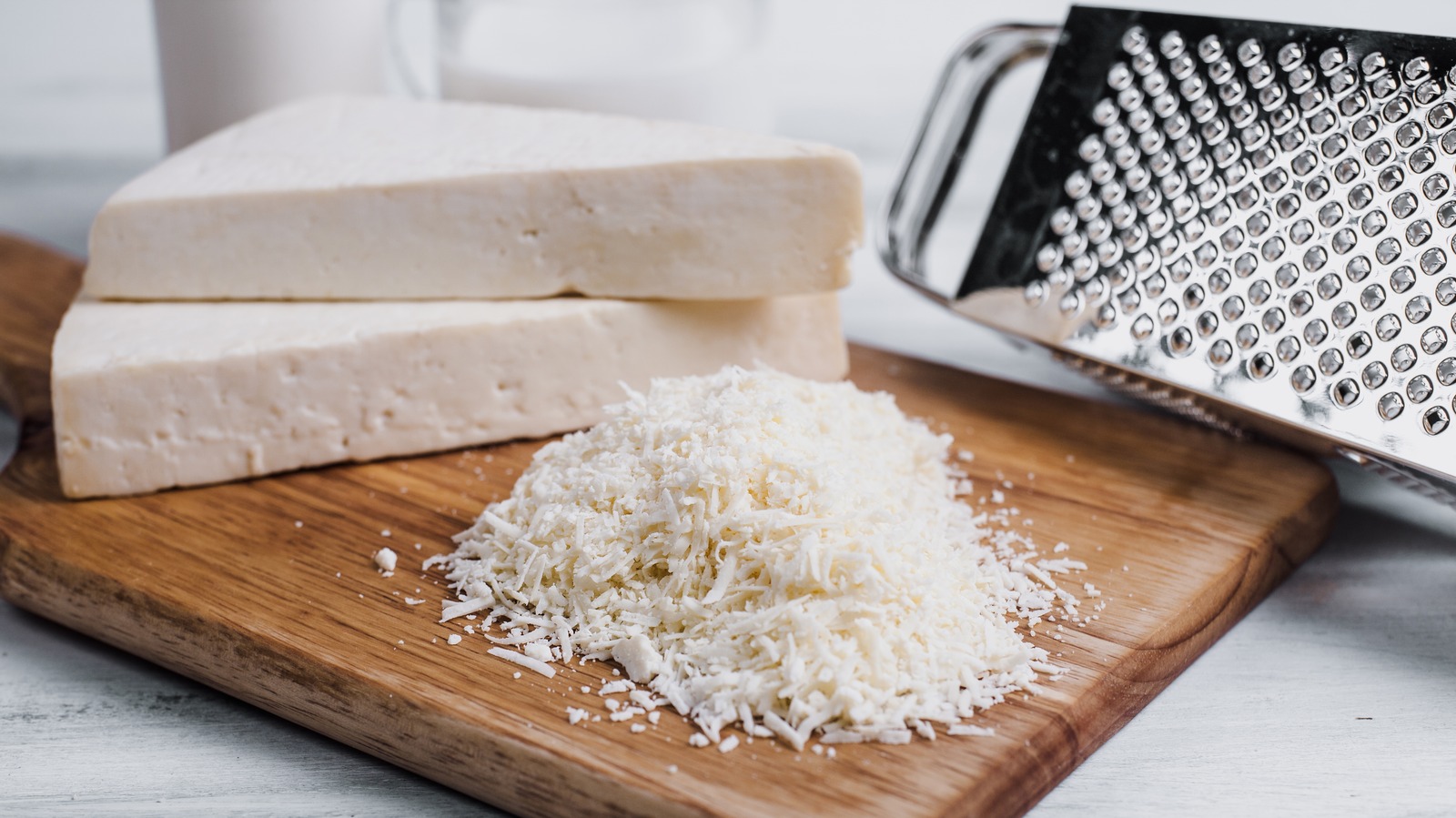

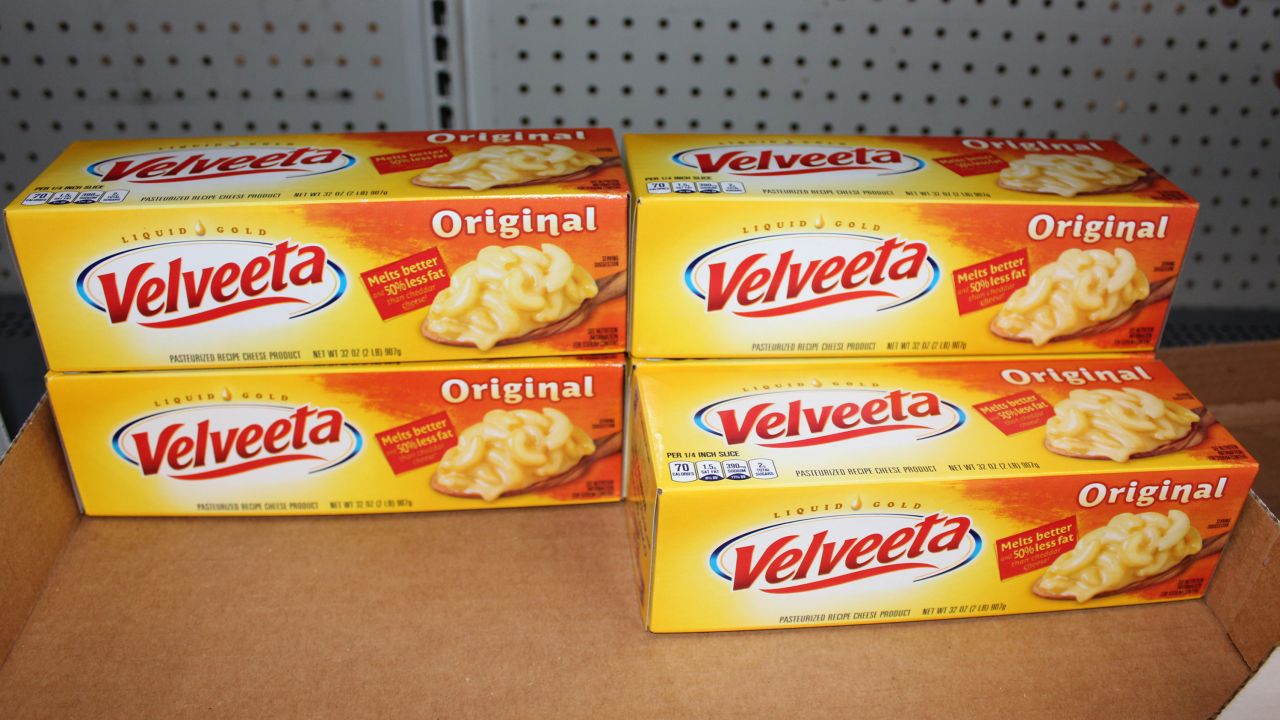



0 thoughts on “How To Store A Block Of Parmesan Cheese”